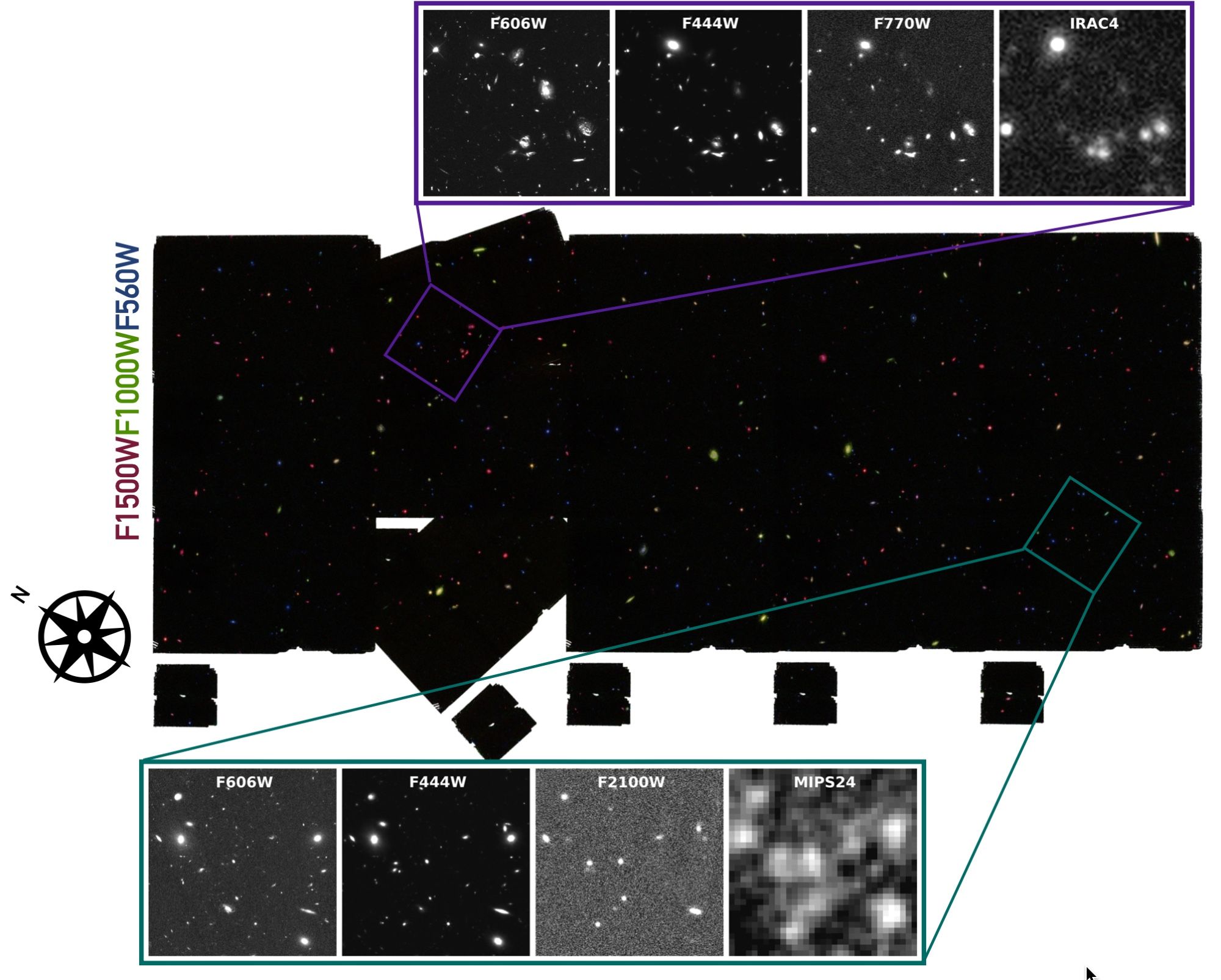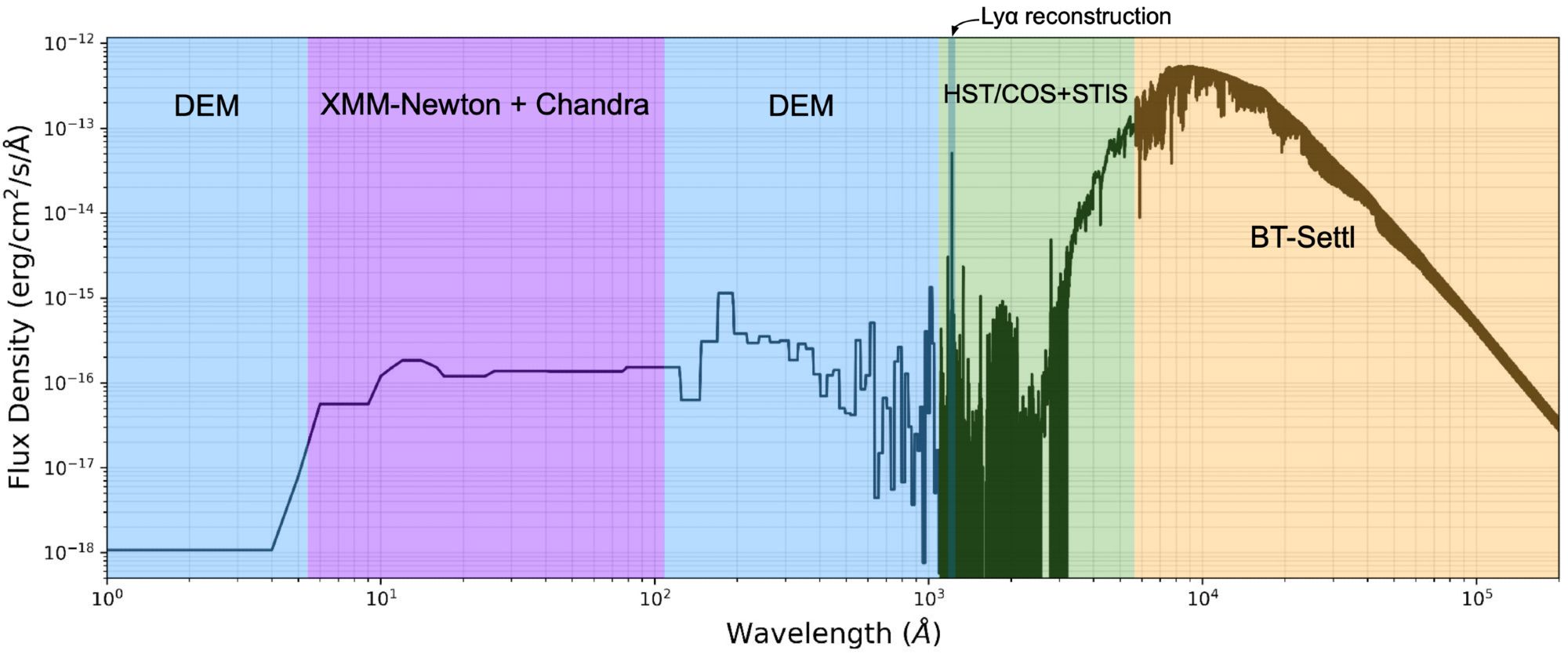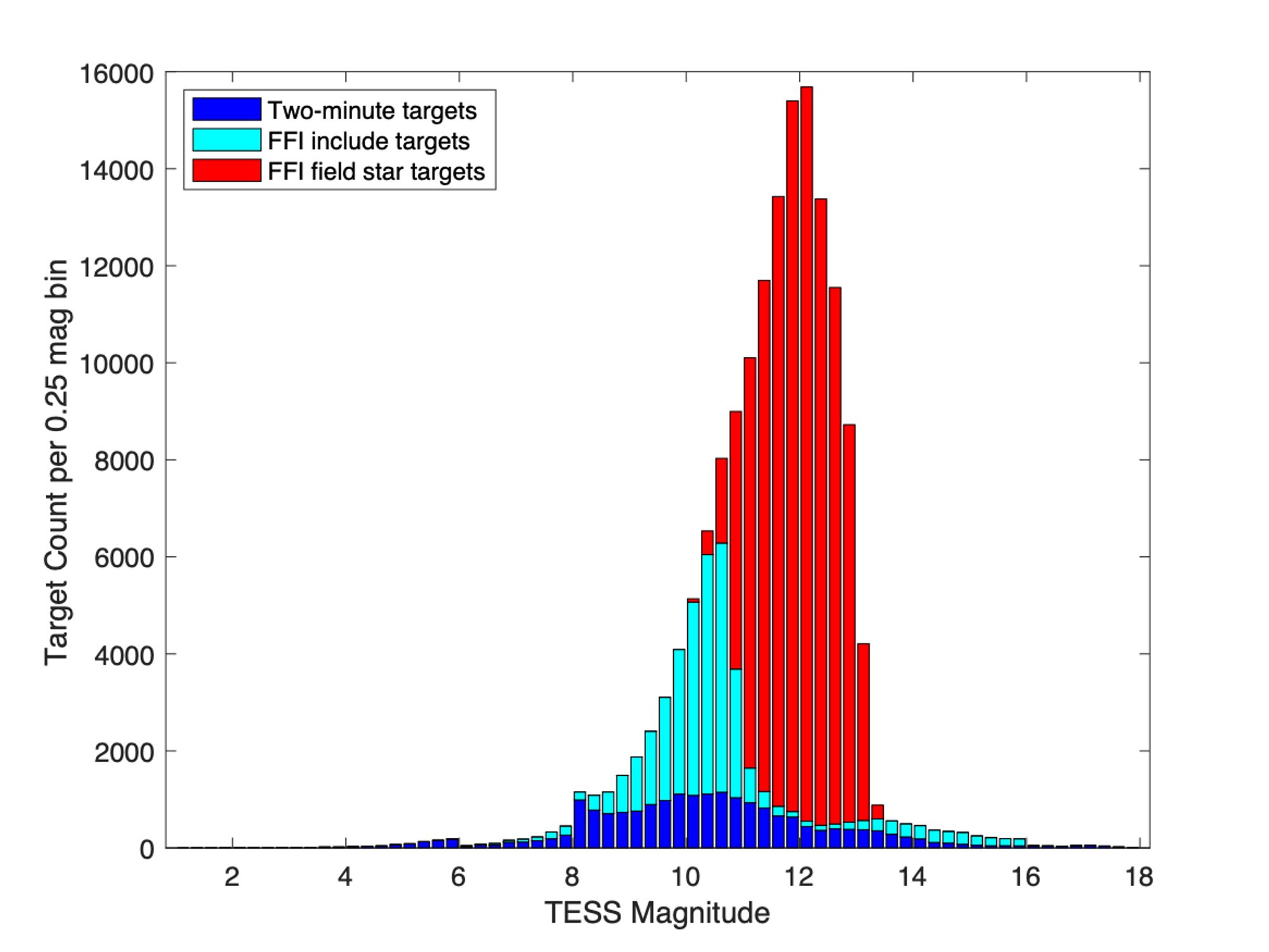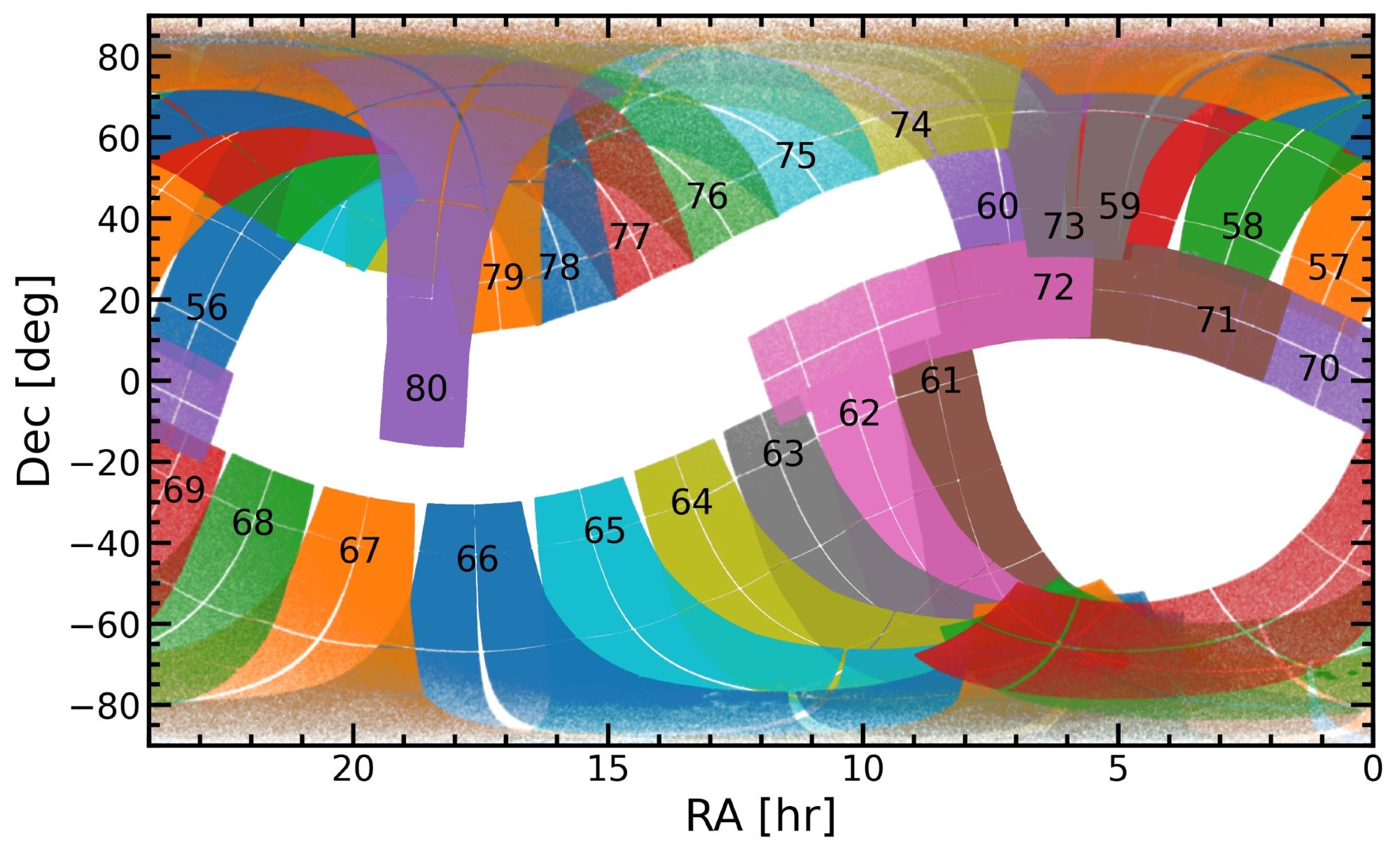Oops my bad! Go with the ad information not my post!
There is not guaranteed research time but we support buyback. Knowing the branch manager in this case, up to 20% buyback can be supported without much difficulty, more than that would be up to discussion with the manager.
My Division is hiring a Level II Astronimical Data Scientist! Do you have a PhD in astronomy, are skilled working in Python, experienced working with catalogs and databases, and have some familiarity with working in the cloud? Apply here by November 30th! 🔭 recruiting2.ultipro.com/SPA1004AURA/...
New HLSP: SMILES is a 34 sq arcmin multi-band JWST/MIRI imaging survey of the GOODS-S/HUDF region with NIRSpec follow-up, aimed at "cosmic noon" science 🕛. Its first data release presents custom-reduced mosaics in 8 MIRI bands & a photometric catalog: archive.stsci.edu/hlsp/smiles 🔭

New HLSP: The WIDE Survey releases reduced JWST/NIRSpec spectra from the first 5 (of 31) pointings from the CANDELS/AEGIS fields, each with an average of 135 galaxies. 2D and 1D extracted spectra from low-resolution PRISM and high-resolution gratings! archive.stsci.edu/hlsp/wide 🔭

Very grateful and excited to be participating in the arXiv Accessibility Forum on Sonification event tomorrow! It's completely free so check out the forum accessibility2024.arxiv.orgcornell.zoom.us/j/9530370483...#AccessCantWait#arXivAccessibility2024

MSTARPANSPEC adds data for LTT 1445A and GJ 486, the two closest M-dwarfs with transiting exoplanets. Panchromatic spectra are constructed from UV and X-ray observations, Ly-a reconstructions, DEM estimates, and BT-settl models. archive.stsci.edu/hlsp/mstarpa... 🔭

TESS-SPOC calibrated light curves and target pixel files from TESS full frame images for Sector 70 are now available at MAST. This Sector adds 159994 targets derived from 200 second cadence FFIs. 🔭 archive.stsci.edu/hlsp/tess-spoc

HLSP Update: QLP calibrated light curves from TESS full frame images for Sector 79 are now available at MAST. This Sector adds 668387 targets derived from 200 second cadence FFIs. archive.stsci.edu/hlsp/qlp 🔭
